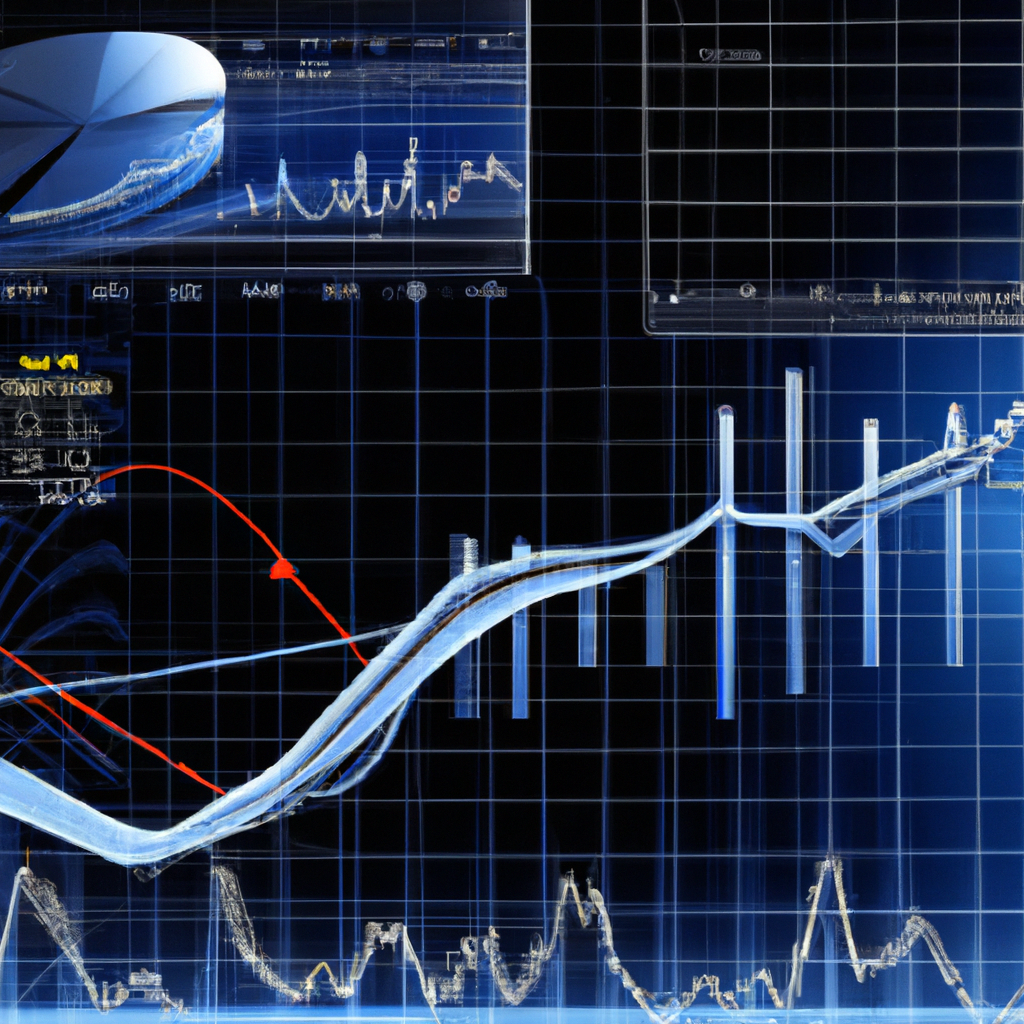Technical Indicators for Commodities
When it comes to trading commodities, technical analysis plays a crucial role in helping traders make informed decisions. Technical indicators are tools used by traders to analyze historical price and volume data in order to predict future price movements. In this article, we will explore some popular technical indicators specifically designed for commodities trading.
1. Moving Averages
Moving averages are one of the most commonly used technical indicators in commodities trading. They smooth out price data over a specified time period, providing a clearer picture of the overall trend. The two main types of moving averages are:
- Simple Moving Average (SMA): This indicator calculates the average price over a specific number of periods. It is widely used to identify support and resistance levels.
- Exponential Moving Average (EMA): Similar to SMA, EMA gives more weight to recent price data. It is considered more responsive to current market conditions.
2. Relative Strength Index (RSI)
The Relative Strength Index is a popular momentum oscillator used to measure the speed and change of price movements. RSI ranges from 0 to 100 and is typically used to identify overbought and oversold conditions. In commodities trading, RSI can help traders determine if a particular commodity is overvalued or undervalued, indicating potential reversal points.
3. Moving Average Convergence Divergence (MACD)
MACD is a trend-following momentum indicator that shows the relationship between two moving averages of a commodity’s price. It consists of a MACD line, signal line, and a histogram. Traders analyze the crossovers and divergences between these lines to identify potential buy or sell signals. MACD is particularly useful in commodities trading as it helps traders spot trend reversals and confirm the strength of a trend.
4. Bollinger Bands
Bollinger Bands are volatility indicators that consist of a middle band (SMA or EMA) and two outer bands that represent standard deviations from the middle band. These bands expand and contract based on market volatility. Traders use Bollinger Bands to identify periods of high or low volatility, as well as potential price breakouts. In commodities trading, Bollinger Bands can help traders determine when a commodity is overbought or oversold.
5. Stochastic Oscillator
The Stochastic Oscillator is a momentum indicator that compares a commodity’s closing price to its price range over a specified period. It consists of two lines, %K and %D, which fluctuate between 0 and 100. Traders use the Stochastic Oscillator to identify overbought and oversold conditions, as well as potential trend reversals. This indicator is particularly useful in commodities trading as it can help traders spot entry and exit points.
Conclusion
Technical indicators are valuable tools for commodities traders, providing insights into price trends, momentum, volatility, and potential reversal points. By incorporating these indicators into their analysis, traders can make more informed decisions and increase their chances of success in the commodities market. It is important to note that no single indicator guarantees accurate predictions, and traders should always use a combination of indicators and other analysis techniques to make well-rounded trading decisions.

